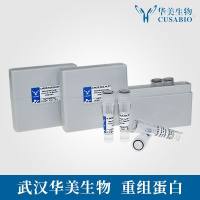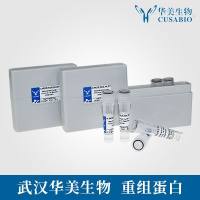The Induction of Mycotoxins by Trichothecene Producing Fusarium Species
互联网
互联网
相关产品推荐

CUTA/CUTA蛋白Recombinant Fusarium solani subsp. cucurbitae Cutinase (CUTA)重组蛋白Cutinase(EC 3.1.1.74)(Cutin hydrolase)蛋白
¥2616

Recombinant-Danio-rerio-Reactive-oxygen-species-modulator-1romo1Reactive oxygen species modulator 1; ROS modulator 1 Alternative name(s): Protein MGR2 homolog
¥9492

Nox4/Nox4蛋白Recombinant Rat NADPH oxidase 4 (Nox4)重组蛋白Kidney oxidase-1 ;KOX-1Kidney superoxide-producing NADPH oxidase蛋白
¥1836

Il4/Il4蛋白Recombinant Mouse Interleukin-4 (Il4) (Active)重组蛋白Interleukin-4; IL-4; IL4; B-cell IgG differentiation factor; B-cell growth factor 1; B-cell stimulatory factor 1; BSF-1; IGG1 induction factor; Lymphocyte stimulatory factor 1蛋白
¥3660

Recombinant-Fusarium-oxysporum-Chitin-synthase-export-chaperonechs7Chitin synthase export chaperone
¥11746

